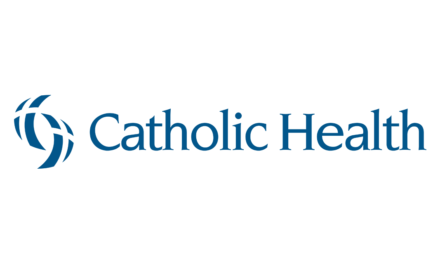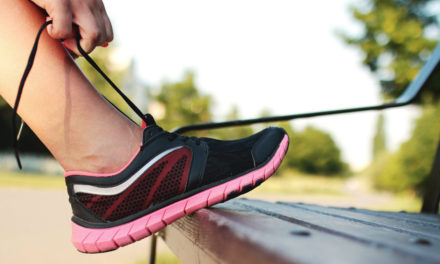In the United States, someone suffers from a stroke every 40 seconds, that’s more than 750,000 cases each year. According to the CDC, someone in the U.S. dies of a stroke every 3 minutes and 14 seconds. During a stroke, oxygen is prevented from reaching the brain and kills the cells, which can have debilitating outcomes if not treated immediately.
Occupational Therapy for Stroke Rehab
Following a stroke, a patient may develop speech and language problems, or become paralyzed on one or both sides of the body. Strokes are considered one of the leading causes of disabilities in Americans by the American Stroke Association. Performing daily activities such as dressing, bathing, cleaning or eating can become a struggle for stroke survivors.
Occupational therapy focuses on helping stroke survivors regain their independence. An occupational therapist will assess a patient’s ability to perform certain tasks, and help them relearn basic movements while improving sensory and motor functions that have been damaged. They will also make recommendations to modify the patient’s home so that it is easily accessible and free of tripping hazards.
What to Expect with Occupational Therapy?
Occupational therapists and physical therapists are both part of your stroke care team and will create a treatment plan tailored to your individual needs. Rehabilitation can greatly help patients achieve the best quality of life and outcomes possible. Your physical therapist will help you regain balance and strength in your muscles, while the occupational therapist will help with cognitive skills and activities like driving and cooking.
Stroke patients tend to struggle when returning to social settings (friend groups, work environments, school), especially if their stroke left them with paralysis, speech or vision impairment. They often have difficulty engaging with friends, family, coworkers, and classmates, but an occupational therapist can provide psychological support and compensatory strategies.
“Occupational therapy is a vital part of the interdisciplinary team for stroke rehabilitation. Occupational therapists evaluate multiple areas including motor function, coordination, vision, cognition, perception, self-care, and sensation. Based on the evaluation findings, an occupational therapist will develop a treatment plan and goals in partnership with the patient and family. Occupational therapy treatment will help a stroke survivor improve motor, sensory, and cognitive skills while enhancing their ability to resume activities of daily living, functional mobility, driving home management skills, leisure, and work. Adaptive equipment recommendations and home/work modifications can also be addressed. Treatment is always a collaboration between the patient and therapist for the most optimal results. Patient/family education plays a pivotal role in the rehabilitation process.”
Occupational therapists can also help evaluate work or school sites and make recommendations to coordinate a safe and successful return. They will provide instructions to your family or caregiver on how they can assist in your recovery. Your therapist’s goal is to help you regain as much independence as possible.
How do I Get the Most out of Occupational Therapy?
Brain damage after a stroke is irreversible, which is why it is vital to follow your therapist’s recommendations and treatment plan. Discussing and setting goals with your therapist will help them devise strategies, then break them into smaller, more achievable tasks until you are able to perform the entire activity independently.
Your occupational therapist is a key partner in your stroke recovery journey. Our skilled therapists provide comprehensive, evidence-based treatments and strive to help you overcome challenges so you can return to normal. For more information on the occupational therapy services offered at Catholic Health, call 716-706-2112.





